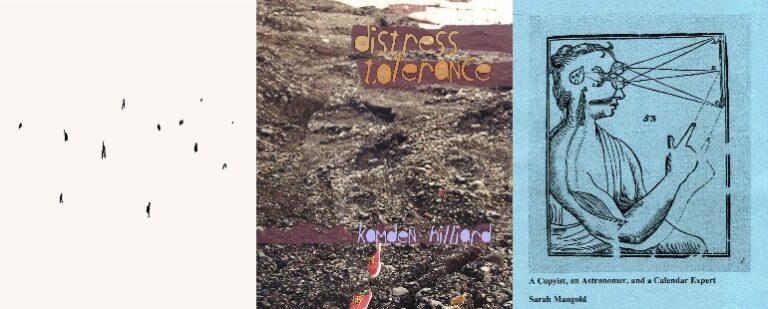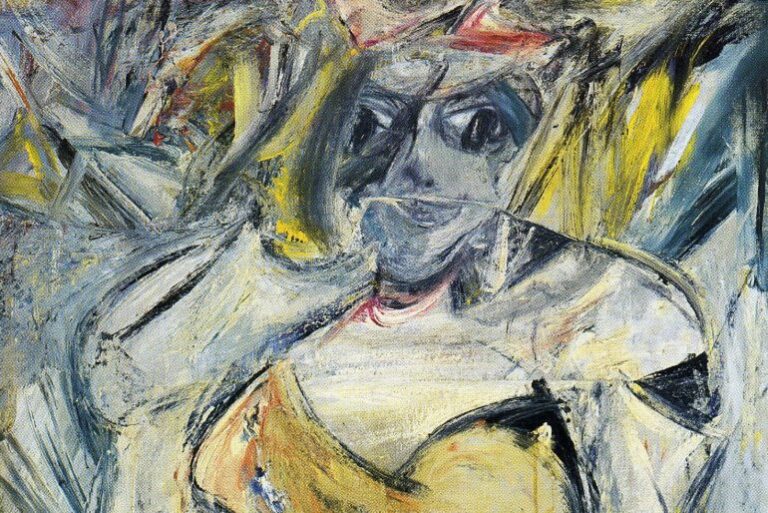THE NEUTRAL CORNER: Nicholas Fox Weber’s “The Bauhaus Group”
The neutral corner is one of the two corners of the ring not used by boxers between rounds. It is also the corner a boxer must retreat to after he has floored his opponent. The Neutral Corner was also a bar in Saratoga Springs, New York, that I frequented when at Yaddo in the late seventies. Framed photographs of famous fighters, signed to the owner with effusive greetings, covered the walls. They would have been impressive except that the handwriting on each was identical.
This blog series, the Neutral Corner of Ploughshares, will bring attention to new books, mostly poetry, and to older books that have recently given me pleasure.
***
The outer part of Cape Cod, where I live, contains numerous examples of modern architecture, almost all of which appear in Cape Cod Modern: Midcentury Architecture and Community on the Outer Cape by Peter McMahon and Christine Cipriani (Metropolis Books, 2014). This beautiful book contains exquisite color plates of houses designed and built by Marcel Breuer, Serge Chermayeff, Olav Hammarstrom and engineer Paul Weidlinger. A vibrant community gathered here which included Walter Gropius and many of his Bauhaus faculty.
A few years ago, I attended a panel discussion at the Wellfleet Public Library led by McMahon on that group of architects and artists. It featured painter Peter Watts and Walter Gropius’s daughter, Ati, who was approximately 82 at that time. She was asked how her father managed to keep the Bauhaus faculty in harmony, considering its many distinct personalities, including Paul Klee, Wassily Kandinsky, and Johannes Itten, who was a member of a fire cult. She said whenever there was a strong disagreement about policy or practice, her father canceled all classes and declared a three-day party. At the festivity’s end, she said, everyone forgot what they had been fighting about. She added that Gropius provided the same solution to academic strife when she was a student at Black Mountain College and he was on the Advisory Council there. She said that he gave a costume party where everyone had to dress as a favorite tree. “It worked,” she said. “It was impossible to stay angry at someone who was covered in branches and leaves.”
The talk led me to Nicholas Fox Weber’s book, The Bauhaus Group: Six Masters of Modernism (Knopf, 2009). He discusses Walter Gropius, Paul Klee, Wassily Kandinsky, Josef Albers, Anni Albers and Ludwig Mies van der Rohe. In clear and lively prose, Fox Weber defines and characterizes each person and his aesthetic.
It opens:
“When thirty-six-year-old Walter Gropius conceived the Bauhaus, it was to provide the larger world with sensible designs in which form followed function, and ornament and fluff were eradicated. His private life was topsy-turvy, his personal relationships stormy. He intended to create a visual environment as simple and balanced as his emotional situation was tumultuous. Gropius preached anonymity and a sense of service as the fundamentals of his pioneering art school.”
Excerpts from Fox Weber’s book:
Klee described to his students, most of whom were in their twenties, the way a child takes a pointed pencil and puts it into motion “in whichever direction causes pleasure.” He amplified on the pure instincts of babyhood that are subsequently tempered by the imposition of reason in toddlerhood, saying, “The chaos of the initial game leads to the beginnings of order.”
A student describes Klee’s class: Klee taught us neither how to draw nor how to use color, but what lines and points were. There was an infinite variety of marks—lacking in character, weak or strong in character, stuck-up fellows and bluffers, lines which one would have preferred to take to the hospital because one feared that their end was imminent, and others which had had too much to eat.
Josef Albers’s credo: Minimal means for maximum effect.
Albers particularly loathed self-importance. One day he was consumed by rage. His pale skin turned lobster red as he explained why. In the New York Times that morning, there had been an interview with Robert Motherwell. “And do you know what Motherwell said he achieved in his work? Raising both hands in disbelief, he answered, “’Eternity! Eternity!’” Motherwell dares to think he has achieved eternity. Not even Michelangelo, not even Leonardo, would claim that!”
He rose from his seat at the kitchen table and charged over to the sink. From the windowsill he picked up a small, hand-painted clay bird. “You see this bird? We bought it in a market in Mexico. We don’t know who the artist is—of this or any other of those birds. But look at the color, look at the joy, the wish to celebrate, the nice form. There’s more of eternity in this bird than anything that Motherwell, or that crowd of Clement Greenberg and all those critics ever dreamed of. He then sat down, somewhat calmer, and ate his strudel.

